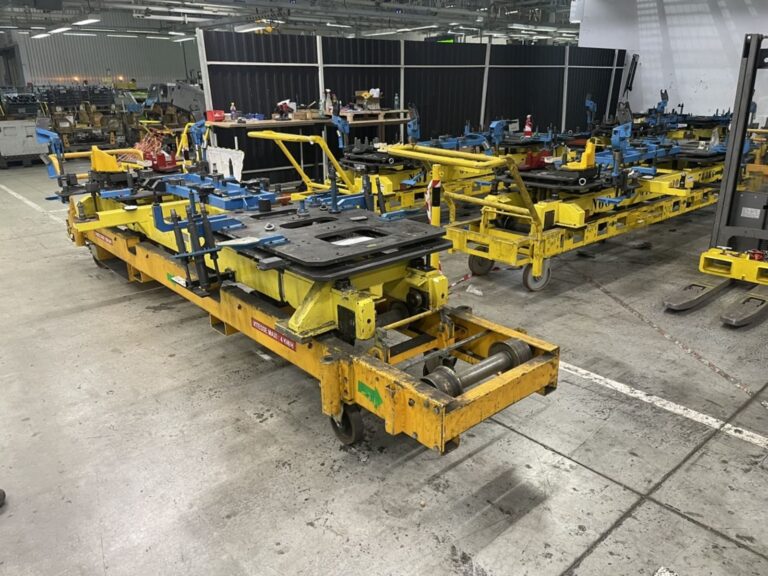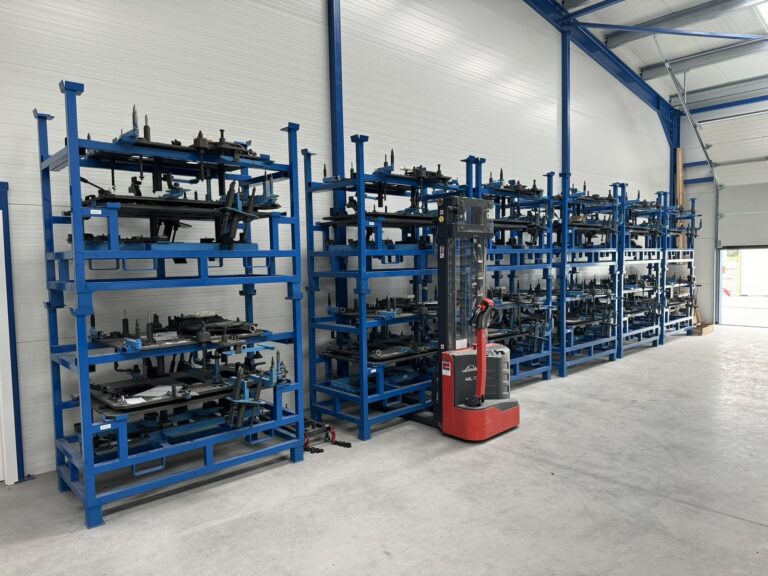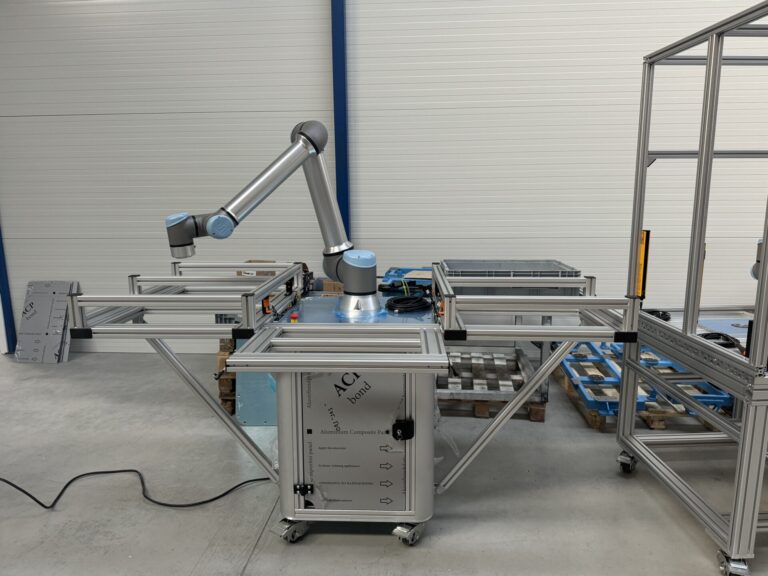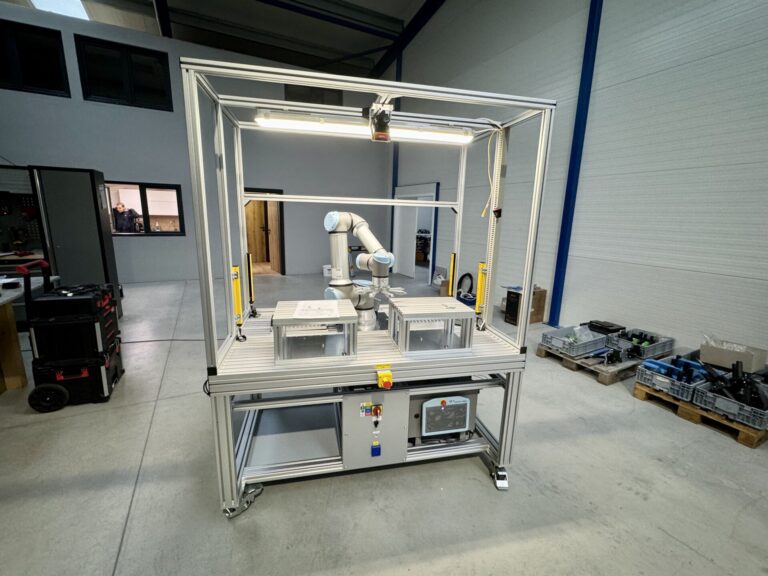References
Home
The project of remodeling preparatory frames
Description
We were approached by a foreign partner for the coordination of a project to rework preparatory chassis frames for a French vehicle manufacturer. The project involved the engineering, manufacture, assembly and measurement of 24 frames for ICE vehicles and 13 frames for BEV vehicles.
We offered a foreign customer complete project support at a plant in Slovakia. The basic task was to ensure smooth contact between the local project management on the part of the vehicle manufacturer and the team of designers in the solution design stage and the production department in the implementation and assembly stage. We also provided the customer with services such as urgent assembly of components, CMM measurement of products, flexible design and production of local parts in case of complications at the installation site.
Vision inspection of the product before assembly
Description
A long-term customer had recurring issues with the positioning of rear shock absorbers before the body and chassis assembly process. We addressed this problem in collaboration with Sick Slovakia.
The issue with the parts was their rotation and positioning. The situation was complicated by the fact that seven different types of shock absorbers were used in the production of three different vehicle versions. This caused some shock absorbers to be incorrectly positioned or rotated, leading to assembly issues and affecting the quality of the final product.
The solution involved the following simple steps:
- Installation of a 2D vision system: We installed a 2D vision system on the support structure to monitor and verify the position of each shock absorber in real time.
- Adjustment of the PLC program and sensor configuration: Using a web interface, we adjusted the PLC program and configured the sensors to analyze data from the sensors and camera systems and immediately alert the operators to any discrepancies via the HMI panel.
- Process optimization: Based on the collected data and feedback from the production teams, we performed extensive process optimization, configured using over 2000 sample photographs directly from production.
- Personnel training: We provided detailed training to ensure that all assigned personnel were familiar with the procedures and could effectively address any issues that arose during production.
After implementing the proposed solution, we achieved a significant reduction in errors related to the incorrect positioning and rotation of shock absorbers for the customer, as well as a reduction in downtime and malfunctions in the production process. This project led to increased process reliability and production quality. The project’s return on investment was achieved within weeks of full deployment.
Colaborative robotic station
Description
The customer approached us with a request for the production and development of a device they had previously acquired from another supplier. Our task was to improve the original design, and in collaboration with our partners, we subsequently developed and built two new collaborative robotic workstations.
First Workstation
The first workstation consisted of a collaborative robot (cobot) and a camera system. The device was designed on an aluminum base, allowing it to be flexibly positioned anywhere near a conveyor belt.
Using machine vision, the system recognized parts on the conveyor and accurately placed them into a pre-prepared box. The mobility and flexibility of the device enabled the customer to easily adapt the workstation to the current production needs.
Second Workstation
The second device was designed for clipping steel clips onto plastic parts in collaboration with an operator. The combination of an automated system and manual operation ensured high precision, efficiency, and reduced physical strain on operators. The device was optimized for ease of use and reliability, significantly improving the quality and speed of the assembly process.
Results
By implementing this project, we achieved the following for our customer:
- Improved the original device design, leading to increased reliability and efficiency.
- Provided flexible workstations capable of quickly adapting to various production conditions.
- Enhanced productivity and process quality while significantly reducing operator workload.
The collaborative robotic workstations delivered not only technological advancements but also significant simplification and optimization of production processes. This project highlighted the power of collaboration between us and our partners, resulting in innovative and practical solutions.







